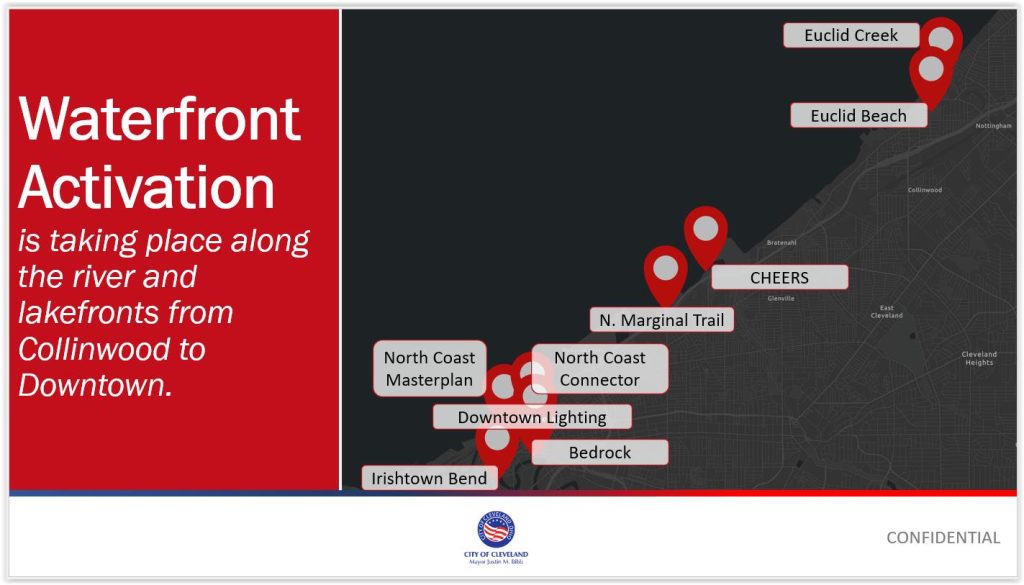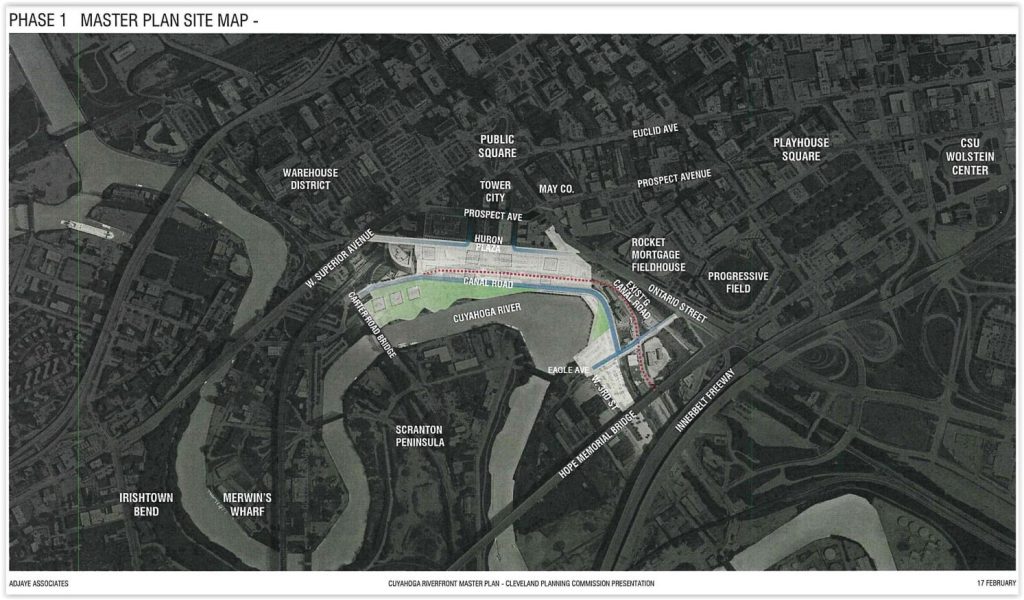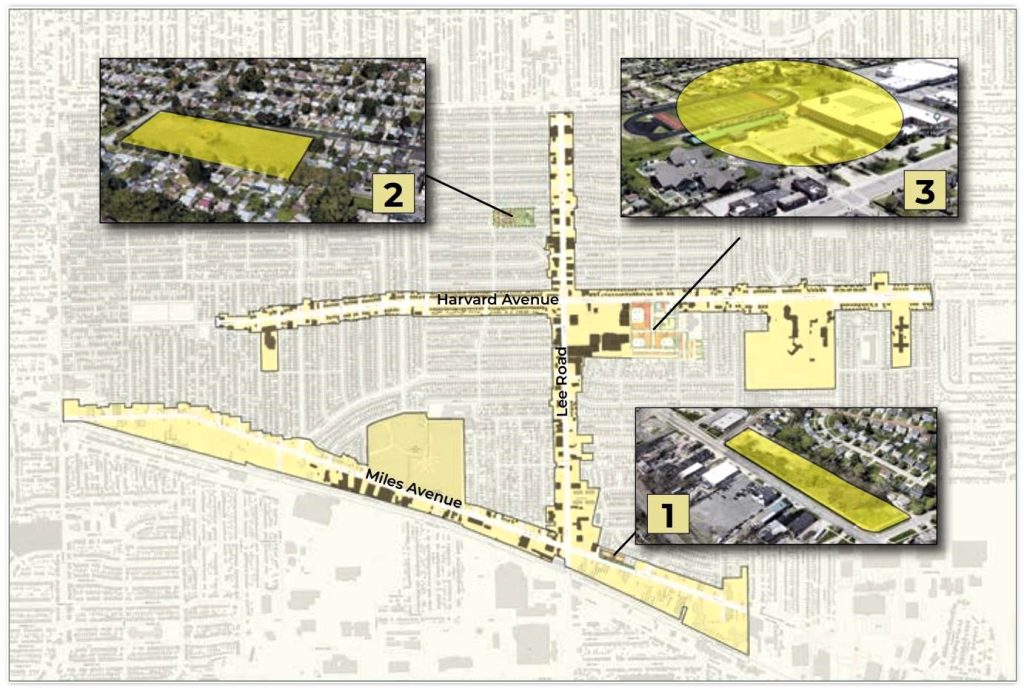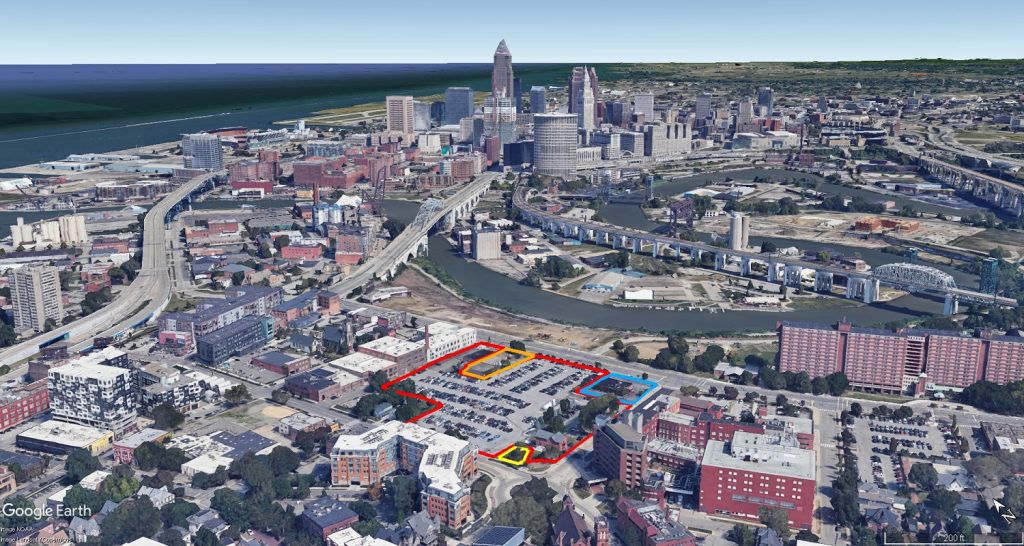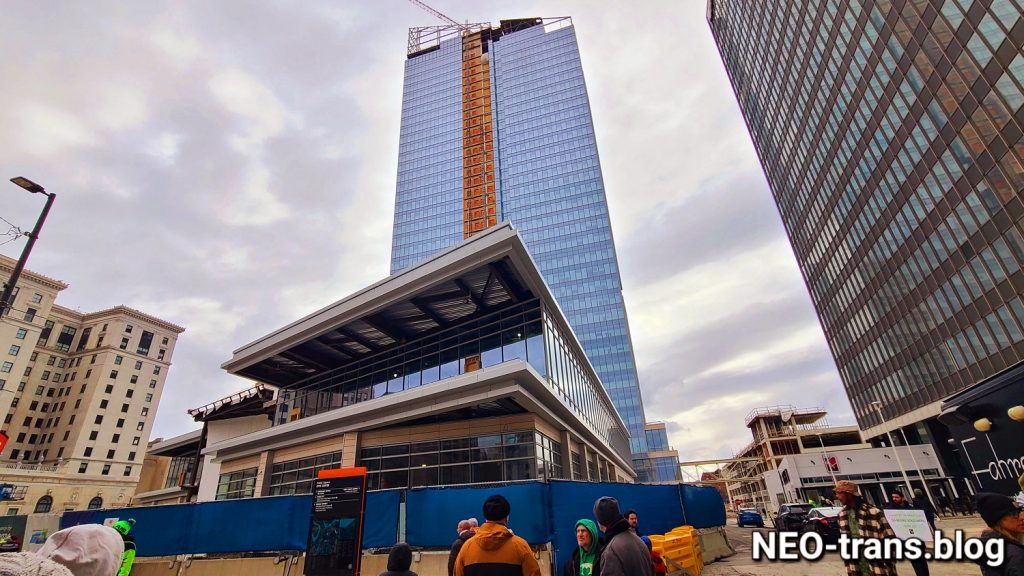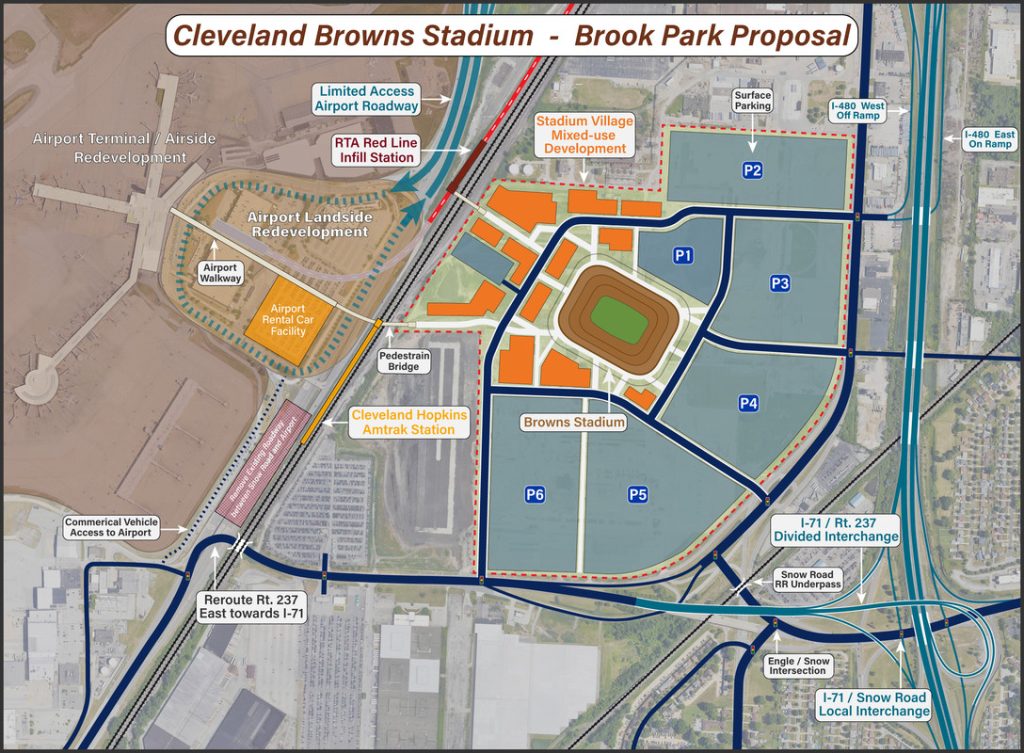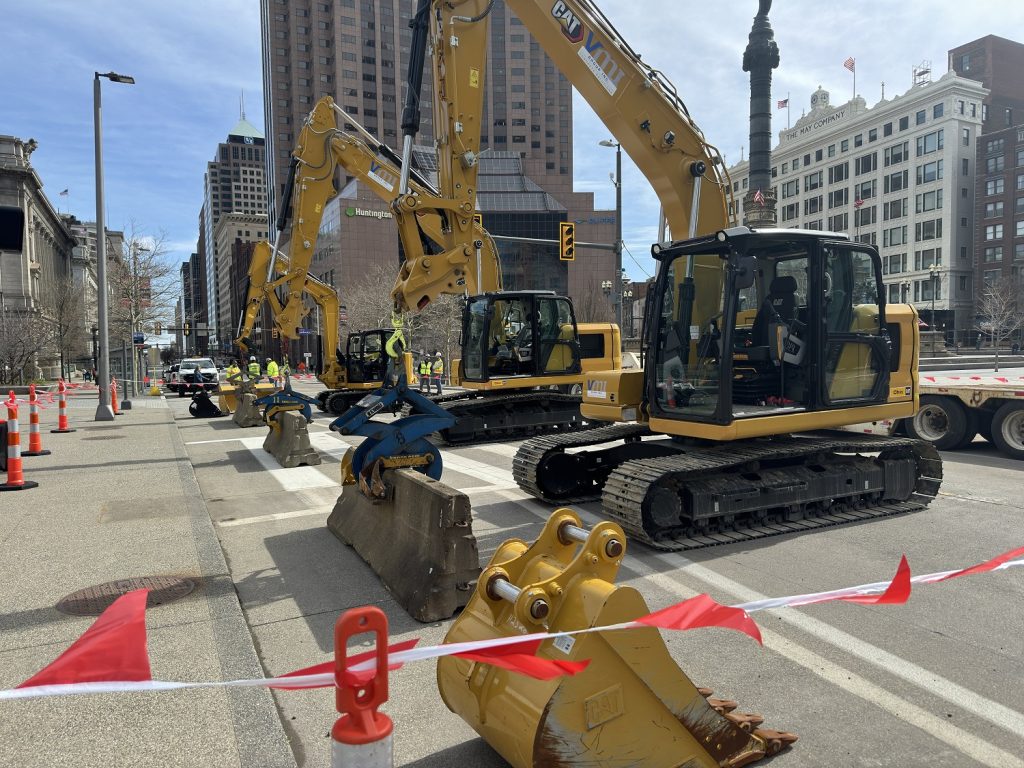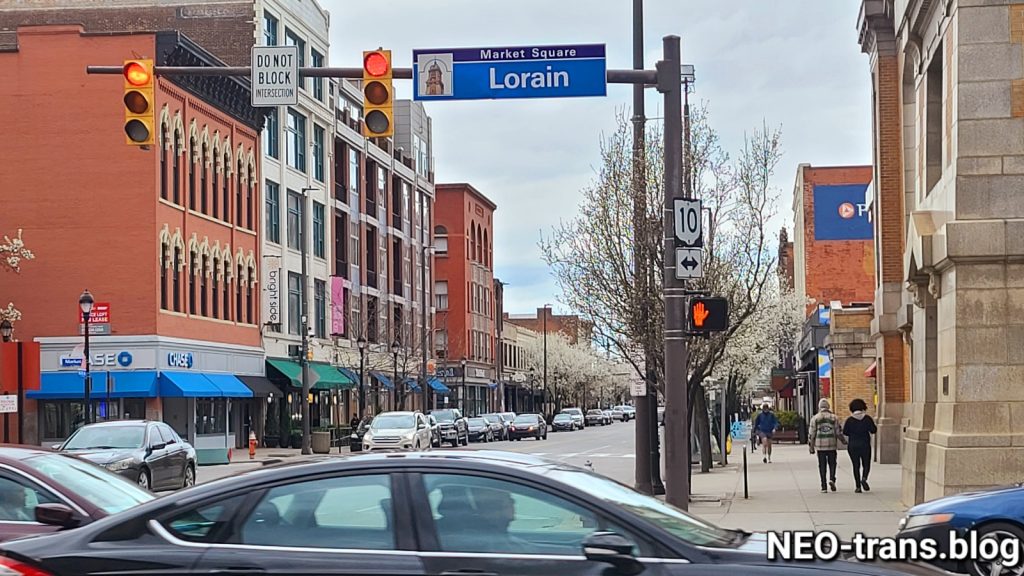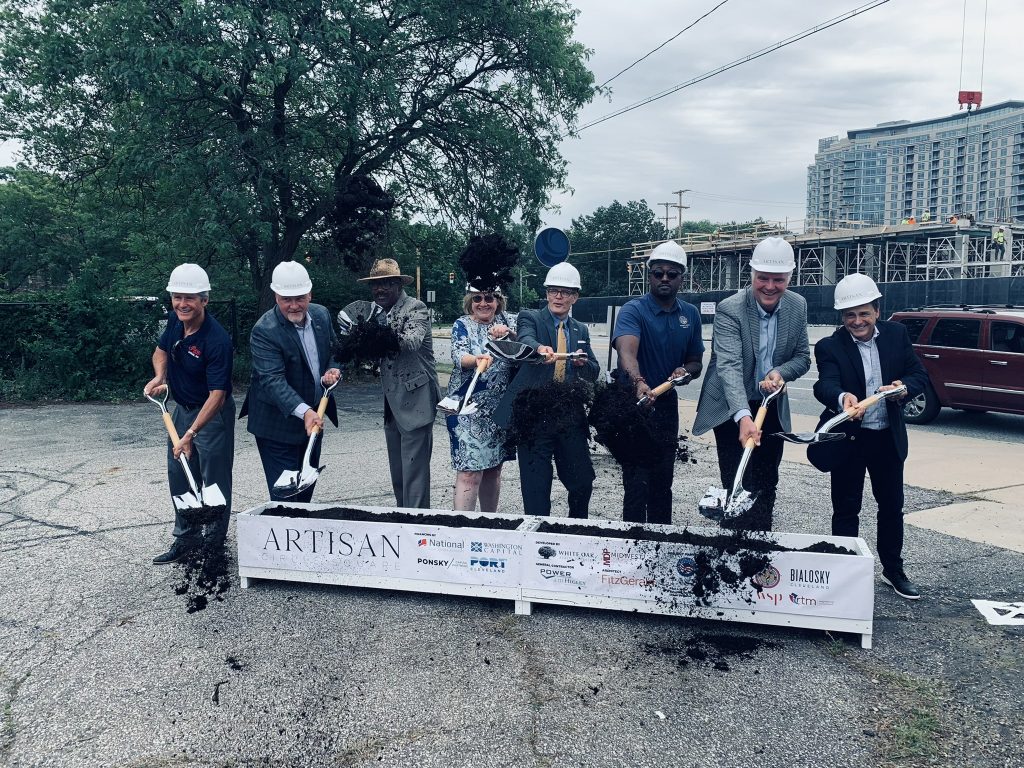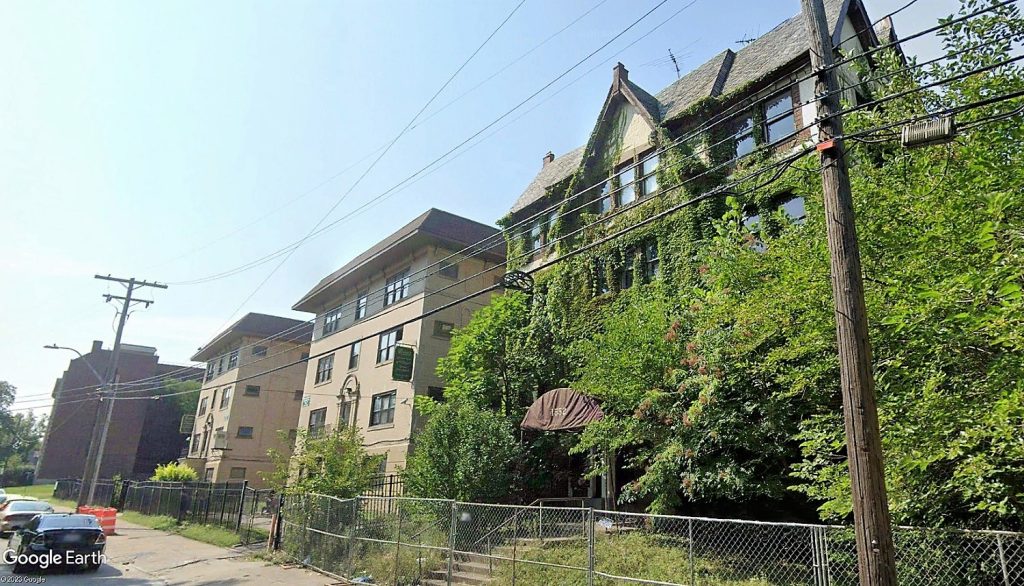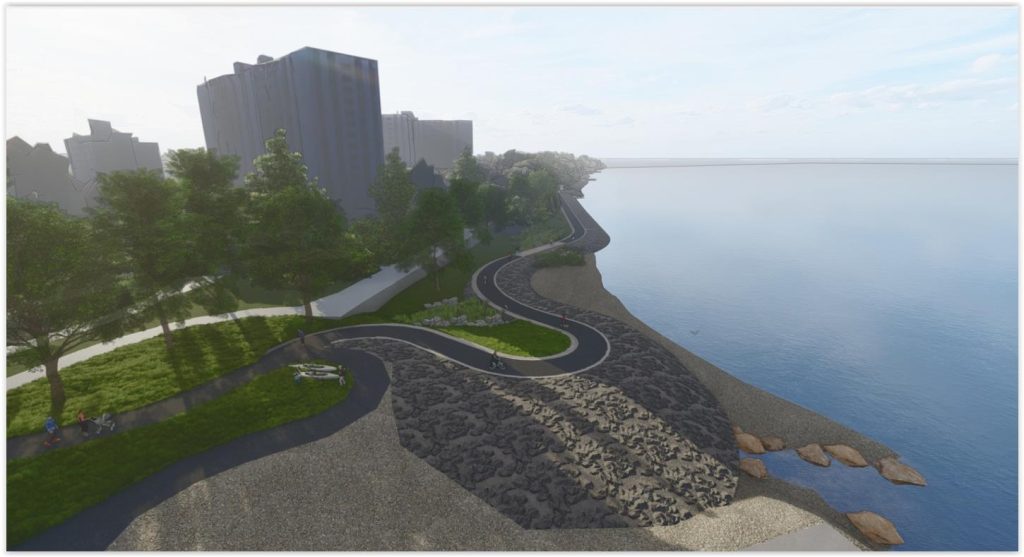
The Euclid Beach Trail Connector in Cleveland’s Collinwood neighborhood would be an important project on its own. But it’s just one of nine waterfront projects the city is directing funding for final design work in order to secure construction funding to build those proposed improvements. The Euclid Beach Trail Connector will connect and protect the Beulah Park, Villa Beach and Shore Acres neighborhoods from Lake Erie erosion (CPC). CLICK IMAGES TO ENLARGE THEM.
Funding directed at nine waterfront projects
For much of the city’s 227-year history, public officials have been accused of ignoring Cleveland’s waterfronts and especially its lakefront. But now there’s a flurry of activity to turn conceptual ideas into blueprints which will not only help city officials apply for construction funding but to actually build what’s been proposed. Today, those funding allocations for nine waterfront projects were mostly recommended by the City Planning Commission for City Council approval although one was tabled until the next commission meeting. Several of those funding allocations are for construction or demolition to allow larger projects to go forward.
Most of the projects grew out of larger master planning efforts including the Downtown Lakefront Plan, Cleveland Harbor Eastern Embayment Resilience Strategy (CHEERS), Bikeway Master Plan, and the Vision for the Valley within which is the Cuyahoga Riverfront Master Plan. While the number of master plans often seem redundant to prior studies, updated plans shaped by public input are necessary to secure federal construction funds for projects within those plans, officials noted.
Last month, Cleveland Mayor Justin Bibb announced dedicating $163 million in federal American Rescue Plan Act (ARPA) funding for economic recovery, neighborhoods, housing, modernizing City Hall, and violence prevention. Projects will include catalytic neighborhood investments identified by City Council members, including a $20 million ARPA Waterfront Activation program for nine projects that are intended to improve public enjoyment of the Lake Erie and Cuyahoga River waterfronts.
The nine projects are:
- North Coast Masterplan-near term (Downtown) — $1 million
- North Coast Connector (Downtown) — $3 million
- Bedrock riverfront infrastructure (Downtown) — $3 million
- Downtown Experiential Lighting — $1 million
- Irishtown Bend Park (Ohio City) — $5 million
- CHEERS (Downtown, Goodrich-Kirtland Park, St. Clair-Superior, Glenville) — $1.5 million
- North Marginal Trail (St. Clair-Superior) — $2 million
- Euclid Beach Trail Connector (Collinwood) — $3 million
- Euclid Creek Greenway Connector (Collinwood) — $500,000
“We’re covering a broad geography with these investments,” said Kate Warren, special assistant to Jeff Epstein, the city’s chief of integrated development. “Everything from Euclid Beach to downtown and our riverfront are included in these investments. They are consistent with the mayor’s waterfront values that the waterfront is a place that belongs to all us and must be a place for all of us.”
Once City Council gives James DeRosa, director of Mayor’s Office of Capital Projects authorization, his office will enter into agreements with contractors, organizations and property owners to carry out the design and construction of those projects. The city may also purchase materials to contribute to the public portion of infrastructure projects on lands owned by the private sector, according to city briefing documents provided to the Planning Commission.
In addition to the nine projects listed above, the city is also seeking to direct $3 million in ARPA funding to help create a lakefront development authority called the North Coast Development Corp. (NCDC). City officials say the goal of the NCDC is to assist the city and its partners with the equitable development of the North Coast lakefront as a destination for residents, businesses and recreation. This funding will be directed toward the creation, staffing and operations of the NCDC. This initial investment will lay the foundation and provide shared leadership for a decade or more of transformative development on the lakefront.
“This idea came out of a study with Greater Cleveland Partnership and Cuyahoga County where we looked at ways that other cities have been successful in funding and financing key development projects on their waterfronts,” Warren said. “The idea being that this is an authority than can work on these development projects across political cycles and over longer periods of time…(to) go out and find the funds to do these transformative projects in our city. And so we’re proposing seeding this entity which will likely be called the North Coast Development Corporation.”
The proposed area of jurisdiction for the NCDC would be north of St. Clair Avenue, from West 6th Street east to East 18th Street north to the lake with some wider coverage along and near the Shoreway, from West 9th to East 22nd streets. Projects located in that area could be eligible for financing tools and powers to be granted the NCDC by Cleveland City Council and the Cuyahoga County Council. Those powers could include debt issuance, tax increment financing, property assessments and even taxing powers.
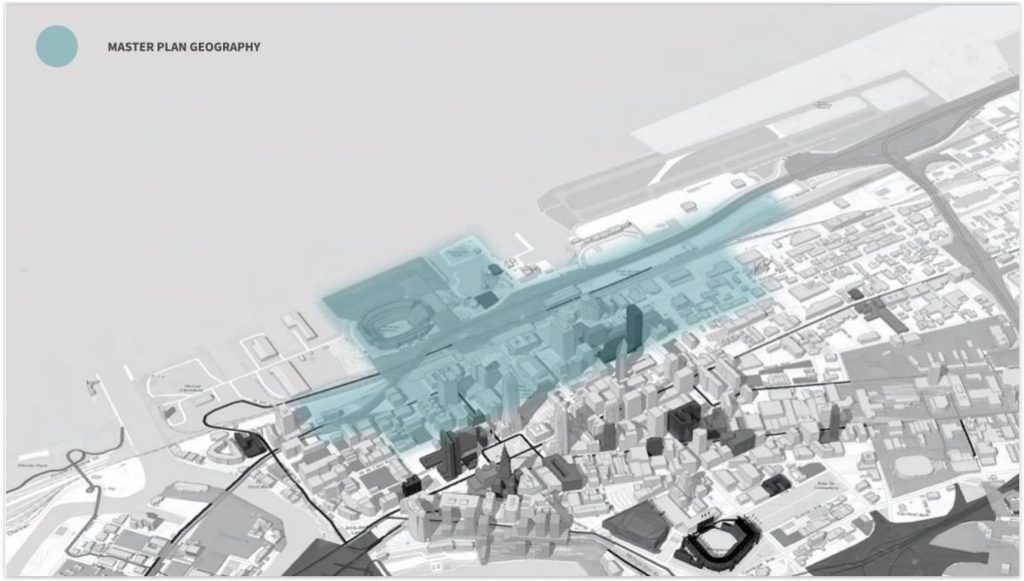
The area shaded in blue is a potential area of jurisdiction in downtown Cleveland for a proposed development authority called North Coast Development Corp. which would be funded by new funding powers that are not currently available to the city’s community development corporations. The area is north of St. Clair Avenue, between West 6th Street and East 18th Street in the central business district and from West 9th Street to East 22nd Street along and near the Shoreway (CPC).
The downtown lakefront masterplan proposes some near-term improvements to be added in 2023 and 2024 at North Coast Harbor that will last about three to five years. Led by the Greater Cleveland Partnership, the work will include bike lanes, bike racks, benches, shade structures, stages, pop-up vendors and fishing area enhancements. There will also be handicap-accessible docks for kayak launches, winter warming huts, play equipment, screens for movie nights and public art, plans show.
City officials are proposing to award $3 million in ARPA Waterfront Activation funds to detailed design work for the North Coast Connector — a $200+ million land bridge linking downtown’s central business district with North Coast Harbor. The land bridge would the railroad tracks along the lakefront as well as the Shoreway. Two design options are still under consideration — whether to keep the Shoreway as a highway or convert it into a pedestrian-friendly boulevard with intersections in downtown. Once that option is selected with public input gathered at several meetings starting tomorrow (registration is encouraged), detailed design work will begin on that option in 2024.
Pending council approval, Bedrock Cleveland would be awarded $3 million for the design of public infrastructure improvements and materials needed for the Bedrock Riverfront project next to Tower City Center. The project envisions public spaces between existing and large new buildings proposed between Huron Road and the Cuyahoga River, wrapping around Collision Bend to near the intersection of West 3rd Street and the now-closed Eagle Avenue Ramp from Ontario Street.
Bedrock plans to use ARPA Waterfront Activation funding for the detailed design of Initial West 3rd improvements, including paving, street amenities and utility work. Improvements to sewers and related facilities are envisioned, including improvements and relocations plus new wastewater force mains and a pump station for those main sewers. Lastly, the work involves demolishing the remaining Eagle Avenue Ramp facilities between West 3rd and Ontario streets. Total costs for these initial public utility and infrastructure projects are estimated at $7.2 million, city documents show.
Planning Commission tabled consideration of ARPA funding for the Bedrock riverfront infrastructure because the commission is scheduled to review the Bedrock Cuyahoga Riverfront Master Plan at its May 19 meeting. Commission members said their intent is to act on both the ARPA funding and the master plan at the same meeting.
Destination Cleveland, the region’s convention and tourism bureau, proposes the downtown experiential lighting project to help make Public Square, Euclid Avenue and the malls safer, more vibrant and more interesting spaces at night. The goal is to also make more memorable experiences for residents, workers and visitors to downtown. Installation will start thus summer with a launch in Spring 2024, supported by $1 million in ARPA funding that will leverage another $5.75 million to cover total costs with $3.25 million coming from Destination Cleveland.
Some Planning Commission members expressed concern over who will maintain the lighting given that past efforts at experiential light were not well maintained. Alex Harnocz, director of destination development at Destination Cleveland, said his organization will contract out the maintenance for the first two years of lighting. Future maintenance will be based on what Destination Cleveland learns about the maintenance costs in the first two years.
The largest amount of ARPA Waterfront Activation funds, $5 million, will help pay for the construction of the Irishtown Bend slope stabilization and park project. The project is led by the Cleveland-Cuyahoga County Port Authority and LANDStudio. The ARPA funds will be used to install 2,300 linear feet of sheet steel bulkheads at the Cuyahoga River’s edge, remove or realign the closed Riverbed Street, and regrade the hillside along the bank of the river to repair an unstable hillside that threatens to disrupt commercial and recreational shipping on the river.
After securing the hillside, the project will create a 17-acre park for residents with a riverfront boardwalk, multi-use trails, greenspace and spectacular views. Total project costs for hillside stabilization and site preparation are approximately $50 million and total project costs for park improvements are approximately $45 million. Project partners have already obtained a variety of federal, state and local funding and other contributions for the project.
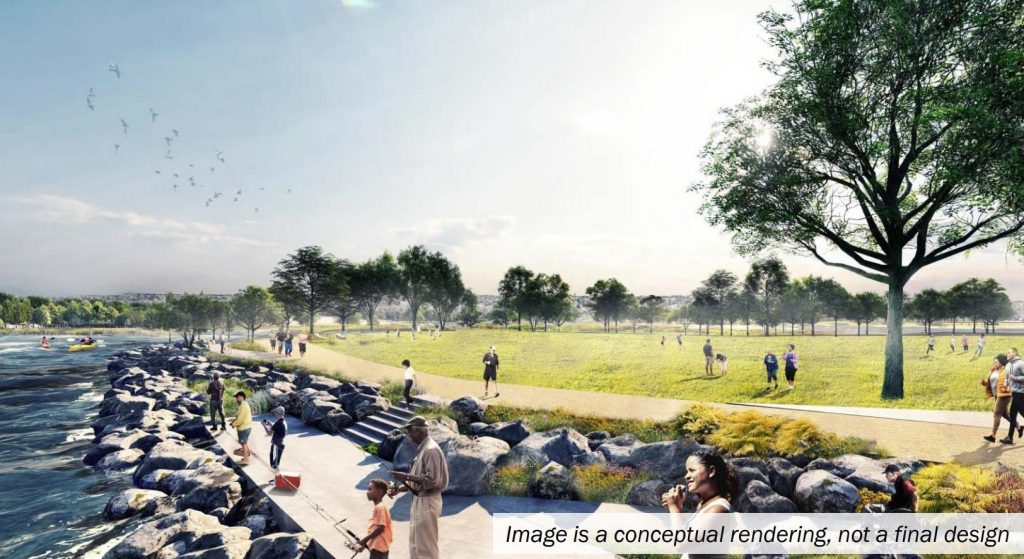
As part of the Cleveland Metroparks’ Cleveland Harbor Eastern Embayment Resilience Strategy (CHEERS), an early project was spun out of the decades-long masterplan for the lakefront east of downtown. Near Gordon Park, a $14.5 million project will provide an additional 4-6 acres of park land, a protected marina and enhanced fishing area (CPC).
City officials said they would also like to help get some near-term public benefits from the CHEERS plan for the lakefront just east of downtown to near Gordon Park. To that end, officials propose allocating $1.5 million to the Cleveland-Cuyahoga County Port Authority for detailed design of the CHEERS Early Implementation Phase Park and Fishing Area project. This early phase work will replace a failing breakwall along the lakefront to maintain protected marina infrastructure, alter the breakwall to facilitate small paddle boat access, and expand nearshore habitat.
The work near Gordon Park will provide an additional 4-6 acres of park land with enhanced fishing areas for residents. Two major objectives of this project are erosion control and resiliency. It also will create enhanced recreation areas and natural habitat. Estimated total project costs for design, construction and permitting are $14.5 million. Design work is scheduled to occur in 2024 with permits secured in 2025 and construction in 2026.
The Euclid Beach Trail Connector is intended to improve lakefront access from the Cleveland Metroparks’ Euclid Creek Reservation west along the neighborhoods of Beulah Park, Villa Beach and a small portion of Shore Acres. The trail connector will be about 0.44-mile long pedestrian and bike trail along the lakefront that will also include erosion control and waterfront public access. Total cost of the project is about $16 million with $3 million from the ARPA Waterfront Activation Fund. Keshia Chambers, assistant director of the Mayor’s Office of Capital Projects, said agreements are pending with private property owners whose land abuts the shoreline so that construction of the trail can occur.
The Euclid Creek Greenway Connector is a multi-phased trail project to improve connections to the lakefront on the east side of Cleveland. The project will close a critical gap in the region’s trail system and connect the lower portion of Euclid Creek Reservation to its northern portion along the lakefront that includes Euclid Beach, Villa Angela and Wildwood parks in Cleveland. The Euclid Creek Greenway Phase 2 North will be 2-mile trail to improve access to the parks on Lake Erie. Project limits are Euclid Avenue to Lakeshore Boulevard. ARPA Waterfront Activation funding of $500,000 would go to Cleveland Metroparks to help pay a total design cost of $800,000.
END

